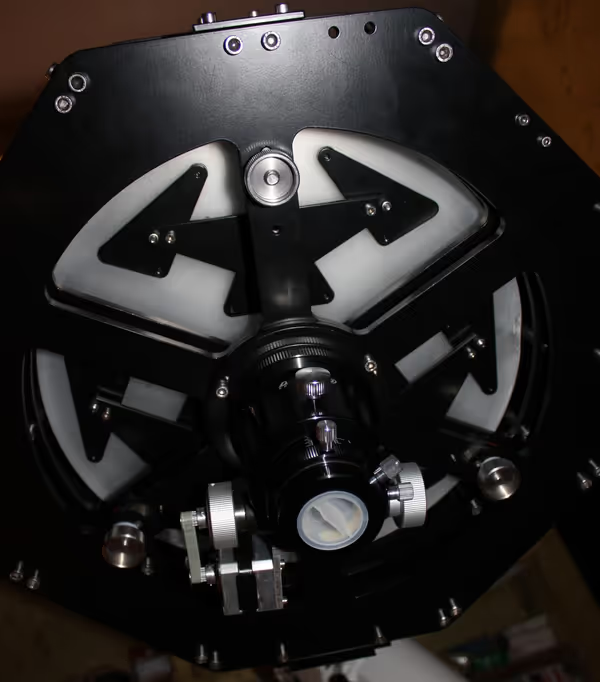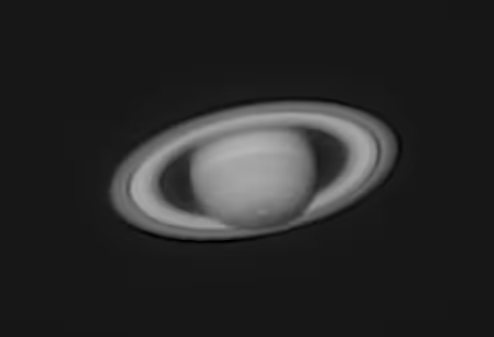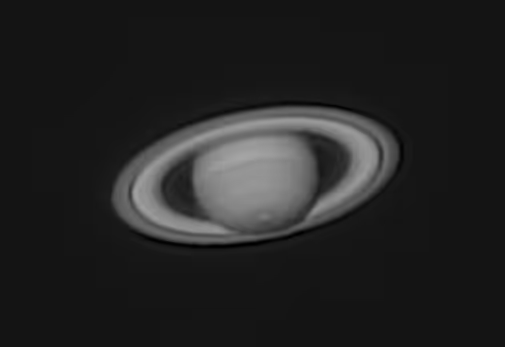Showcasing my planetary Dall Kirkham telescope
Solar System imaging on high resolution requires very good setup in order to get good images. The optics, mechanical design, atmospheric conditions - all of that has to line up. I used a 14" Celestron SCT and I had some problems with thermal lag or lowered UV/Blue image quality due to spherochomatism and spherical aberration. I solved them by replacing my SCT with a 14" planetary Dall Kirkham telescope.
Looking for an optimal planetary telescope
I do all my imaging from my balcony so the space is limited and things like a Newtonian telescope won't fit - those OTAs quickly become to long and to heavy to handle in such confined space. I used SCT telescopes, which are very compact - 8, 11 and in the end 14" version. The 11" with active cooling cooled to ambient very quickly and only occasionaly had thermal lag problems - where the OTA could not keep up with ambient temperature changes. C14 had much bigger thermal problems - without active cooling thermal lag was quite quick to occur.
Also SCT telescopes don't perform optimally in UV and short wavelengths (blue light) due to increasing spherochromatism and spherical aberration. That's why on average you see much better UV Venus images taken with a Newtonian than with an SCT. This design is optimized for green or slightly longer wavelengths and fails short at UV.
Mirror-only designs don't have problems that SCT have to face. The UV imaging is unhindered, while open OTA design helps with cooling which then should limit thermal lag of the primary mirror. On the consumer market we have GSO RC telescopes - and although they do have large obstruction they still can be used for planetary imaging. The price is reasonable but in the end it may not be the most optimal telescope for Solar System imaging. Dall Kirkham telescopes aren't widely available on the consumer market. Some companies offer DS imaging astrographs based on DK with a corrector. Rarely we see planetary Dall Kirkhams with very long focal lengths. If the owner has the space for it he usually picks a Newtonian - either on an EQ or motorized Dobsonian mount - OTAs are easily available and are quite cheap for the aperture. The only drawback is weight and size.
So when a unique opportunity arose to switch to a 14" Dall Kirkham telescope I decided to go with it. Schott mirror blanks were on sale and that allowed to fit a custom telescope in a SCT 14" price.
Telescope description
The telescope has a 14" primary mirror with 1500mm focal length and 6400mm of focal length for the telescope (f/18). The secondary mirror has a diameter of 88mm and was made from a quartz blank. Primary was made from a mirror blank made by Schott. As there were some minor fixed and tuning to the design the actual values may differ slightly.
Blanks were processed by a local expert optician. Primary mirror was coated locally while secondary got Hilux coatings. The telescope was made by my friend running Astrofaktoria company.
Optics were mounted in a truss light chassis made of aluminum and carbon fiber tubes. 45 cm diameter and 140 cm of length. The weight is noticeably lower than that of a Celestron C14.
Focuser right now is quite simple - GSO SCT focuser with a custom motofocus attached to it. Losmandy dovetail on the bottom, finderscope and a mounting rail in the top.
This project took more than two years to complete - from the idea to a working OTA in my home.









The setup consists right now of ASI178MM, ZWO atmospheric dispersion corrector, T2 rotating adapter and a electric filter wheel. The T2 rotating adapter allows rotating ADC to a position allowing correct lever orientation.
ASI178MM has very small pixels and reaches optimal f/ratio at around f/13 - which is less than this telescope has natively - I had to use bin2 when recording. It's quite funny that planetary telescope is not compatible with modern small pixel based sensors.


The setup photo doesn't show the extra counterweight mounted to the dovetail at the back of the OTA - it's for moving the OTA balance point closer to the back and thus giving more space between it and balcony wall. The telescope is mounted on EQ6 mount with an extended counterweight shaft.


Takahashi Collimation Telescope allows for a DK and RC telescope collimation using just plain light. The secondary mirror needs a center spot on it for it to work. I did some initial collimation with this device and then mounted the whole setup and did a star test. With a camera the defocused star image was off and some secondary mirror collimation correction was nececary. It's still unclear if it's a collimation inaccuracy (visual only for that Takahashi device) or some geometry changes
after mounting the whole imaging chain. Takahashi Collimation Telescope can be attached only to 2" barrels so right now I can't put it at the end of the imaging chain.





Open OTA design should help with quick cooling and removing thermal lag pretty much in all cases. Truss design also should limit wind effect and improve OTA stability. On the thermal images you can also check how buildings radiate heat at night - and that can affect imaging.
First images
I managed to get few first decent images with this telescope. Saturn even due to low orientation over the horizon did turn out good with the help of the ADC.








ToDo list is still there - check the collimation disparity, look for a camera with bigger pixels, do lots of test Moon images at good conditions and high altitude Moon or re-do my imaging laptop based around a faster SSD. Plus some new software like latest Astra Image for sharpening and some post-processing.
Comment article